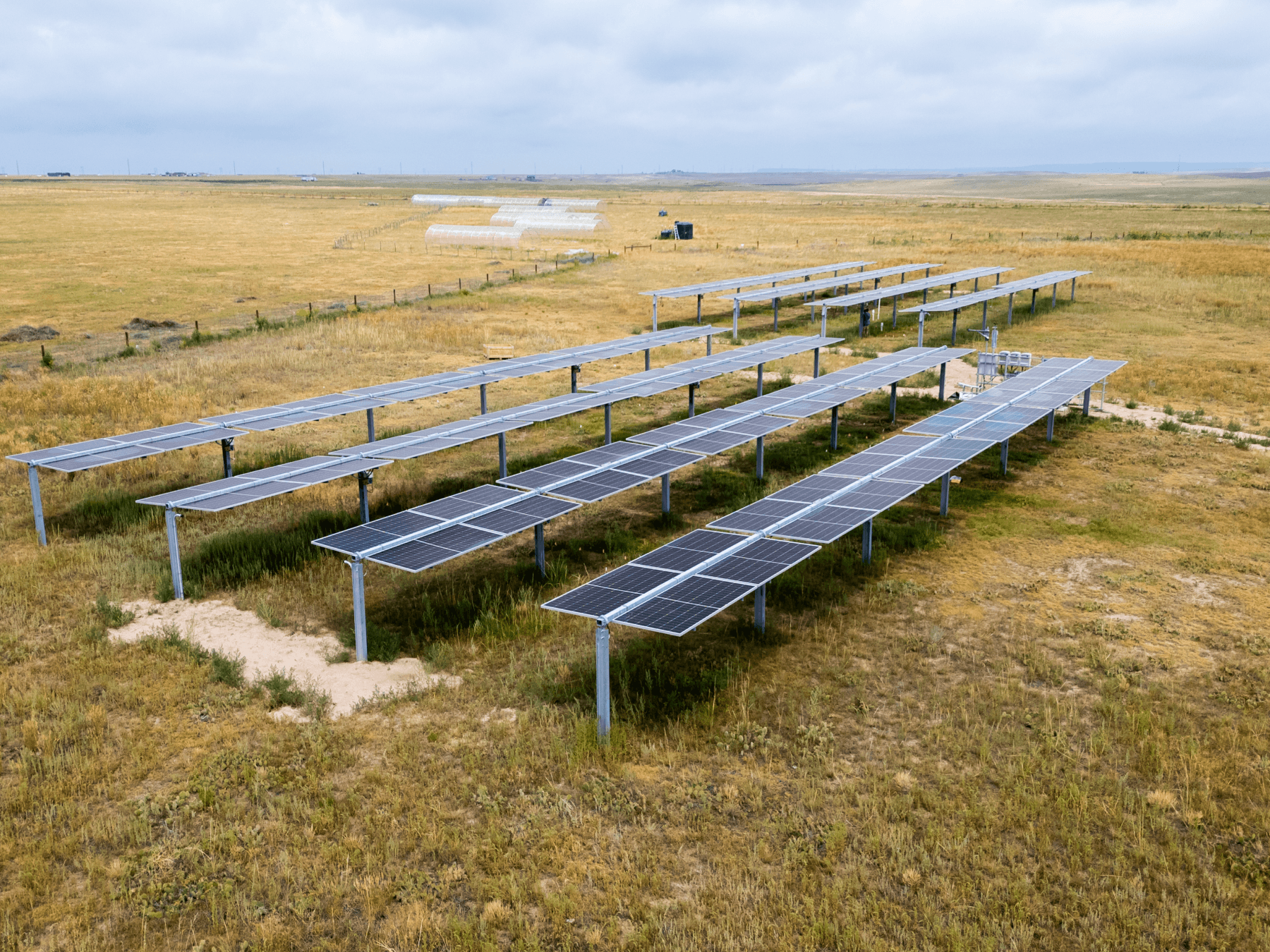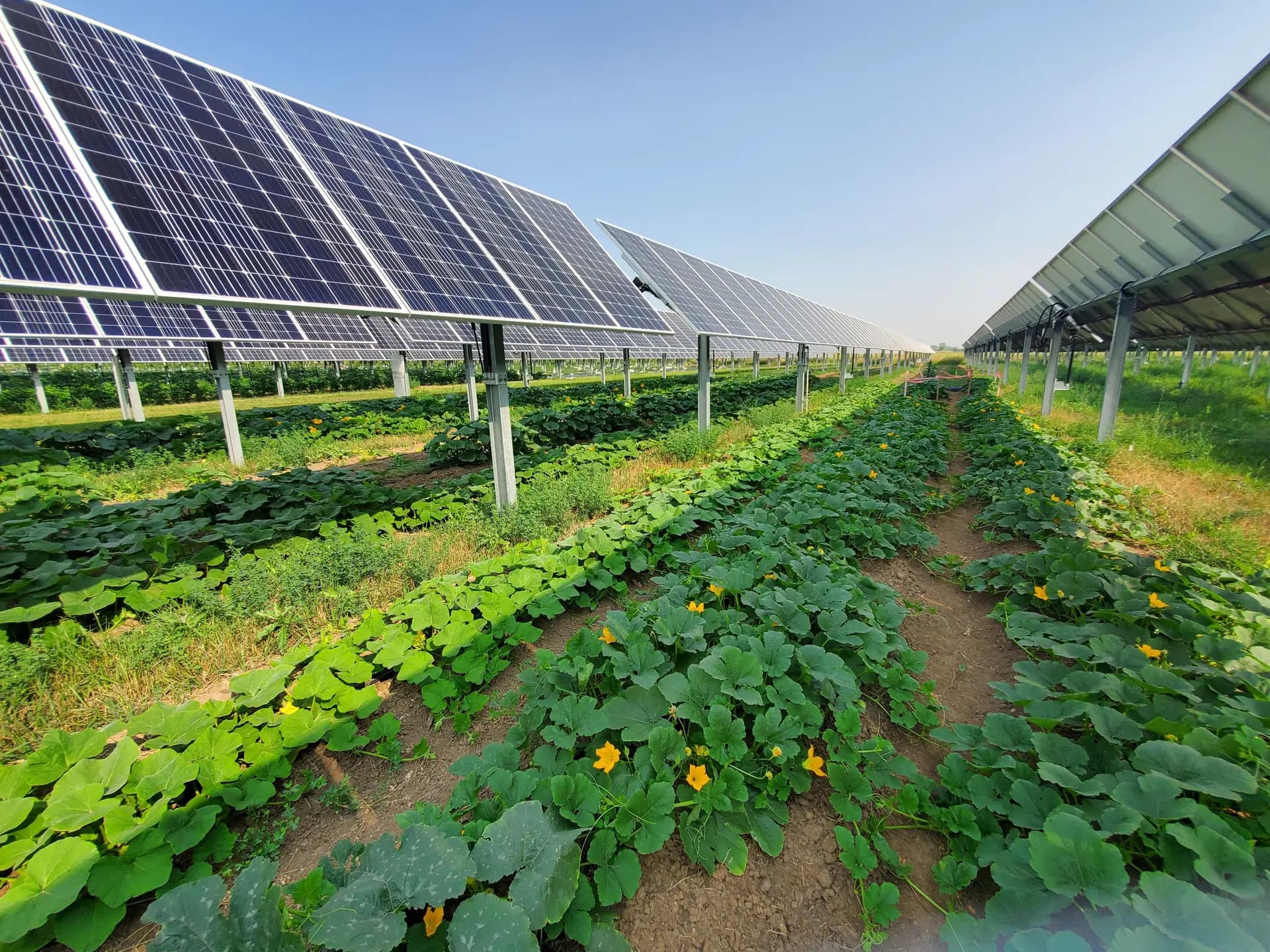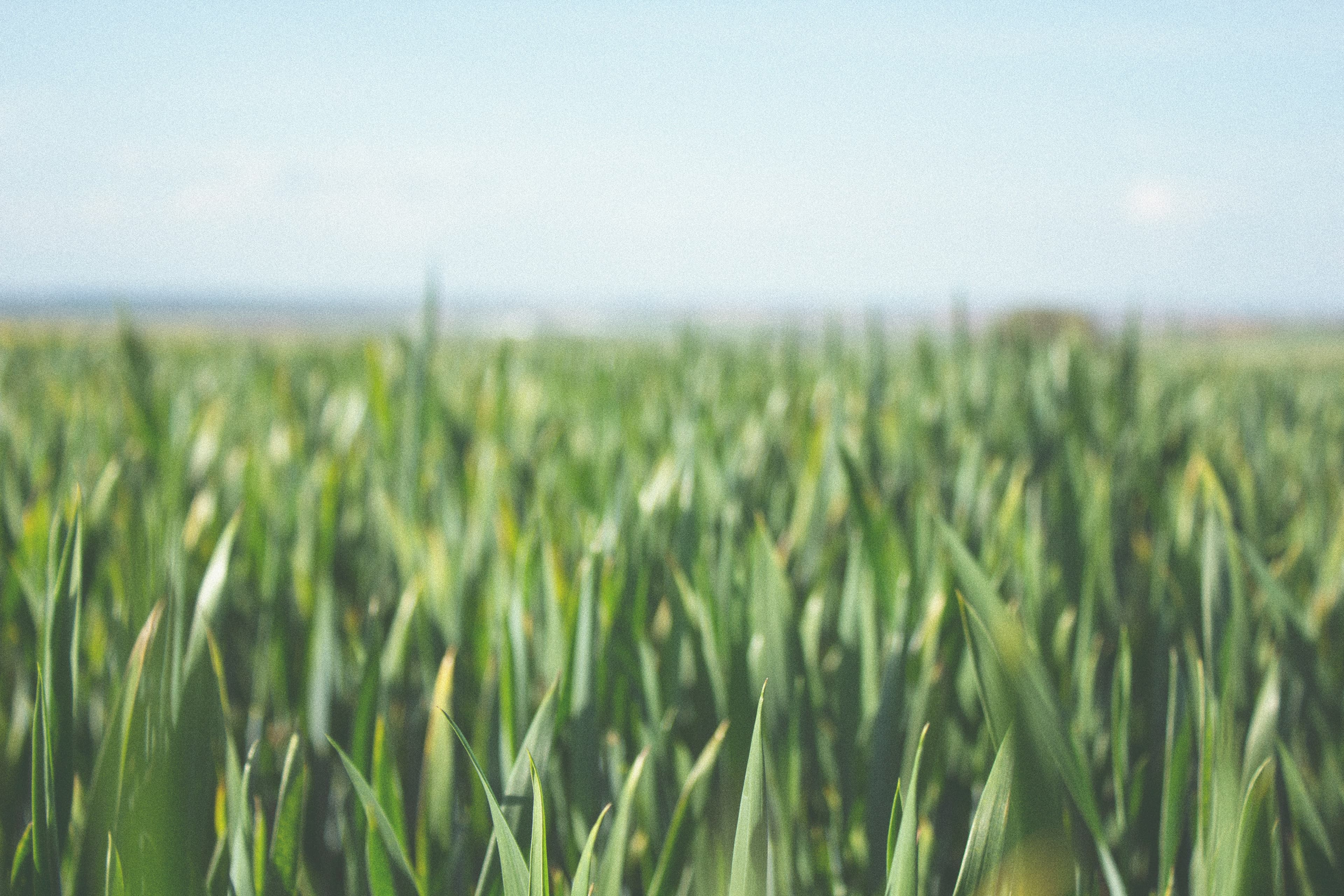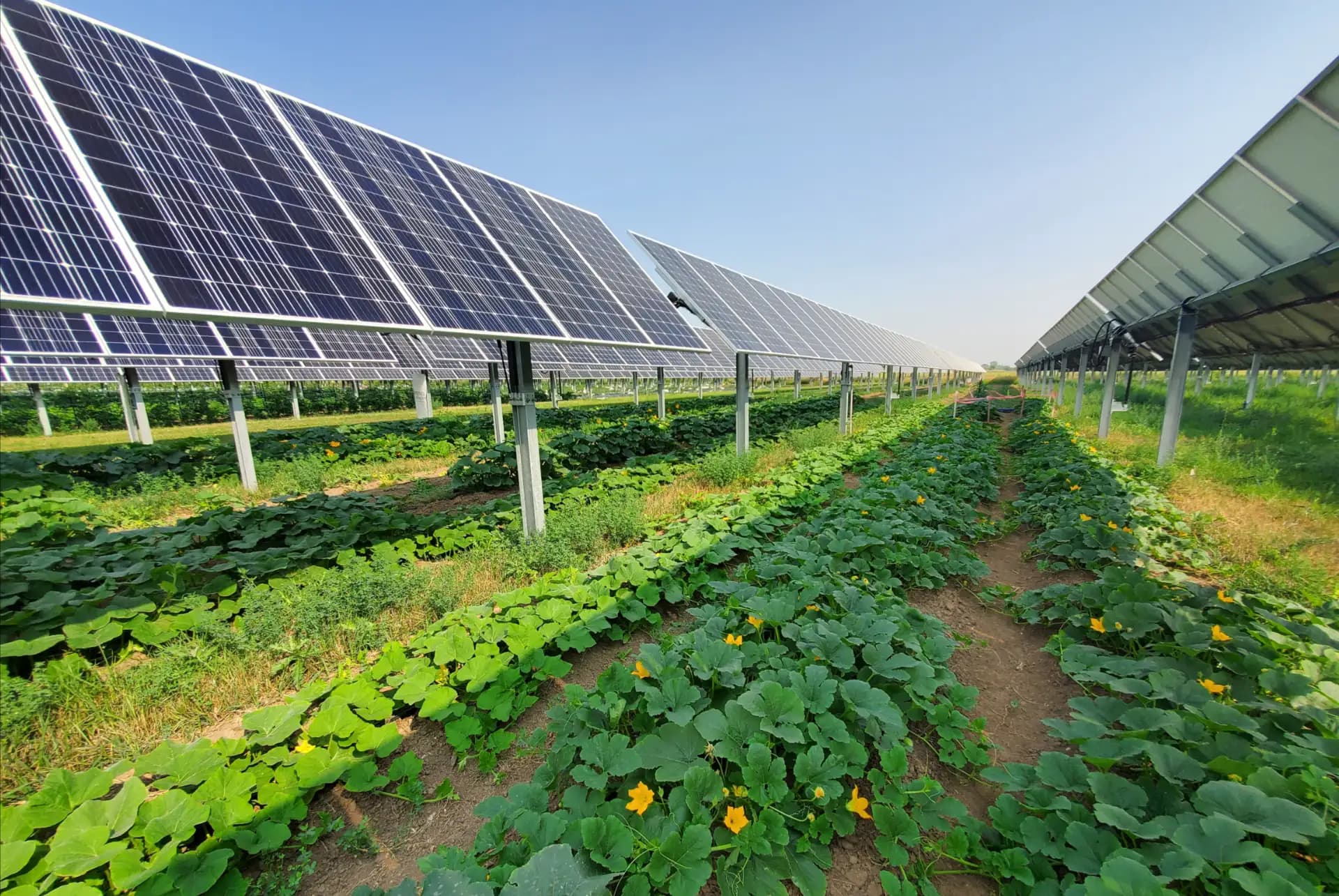Agrivoltaics for Commodity Farmers at Scale: Introducing the "Solar Fence"
Can the “Solar Fence” accelerate agrivoltaics into mainstream regenerative agriculture in the US?
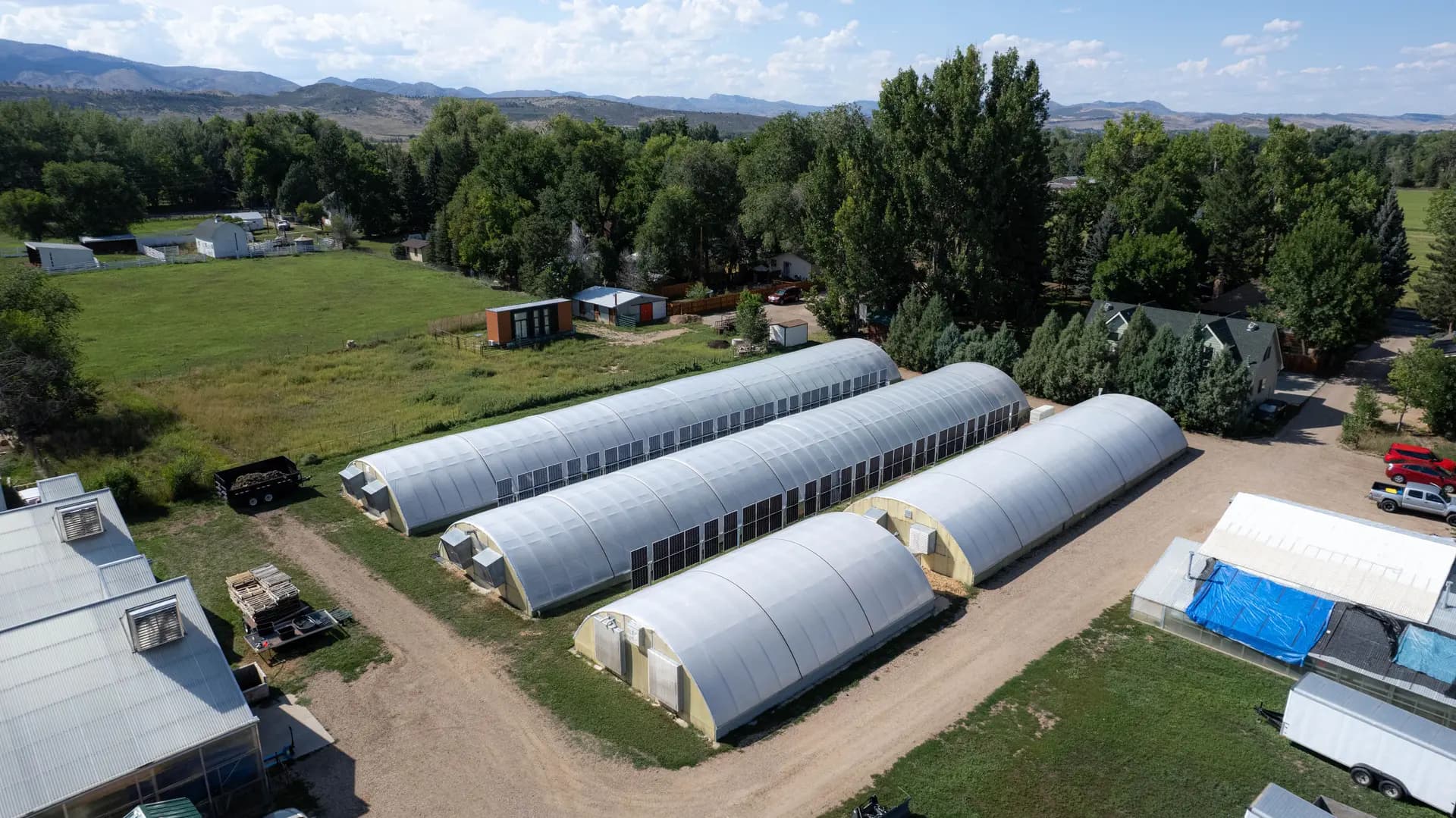
Commodity farmers are the backbone of US agriculture, helping to secure the US as the world's leading agricultural exporter. A commodity farmer's focus is on the production of large quantities of staple crops, commonly corn, wheat, and soybeans, often with razor-thin margins. Because most of these operations rely heavily on global trade, shifting tariffs and volatile markets have raised concerns about long-term financial viability.
Enter agrivoltaics, while often highlighted for specialty crops; the question is: can it also provide large-scale farmers with a way to diversify income while also building resilience? With new technologies like the bifacial solar fence, agrivoltaics may hold the key to expanding clean energy opportunities across America's broad-acre farms.
What is a “Solar Fence”?
A solar fence is a photovoltaic system that is installed in a fixed vertical orientation (90°). This concept has quickly gained momentum with the rise of bifacial panel technologies. Bifacial panels differ from standard monofacial panels by replacing the opaque backsheet with glass, allowing the panel to capture energy from both sides. By mounting panels vertically, solar can be integrated into previously underutilized spaces, opening use cases for non-traditional applications such as between crop rows, field edges, fence lines, and property boundaries.
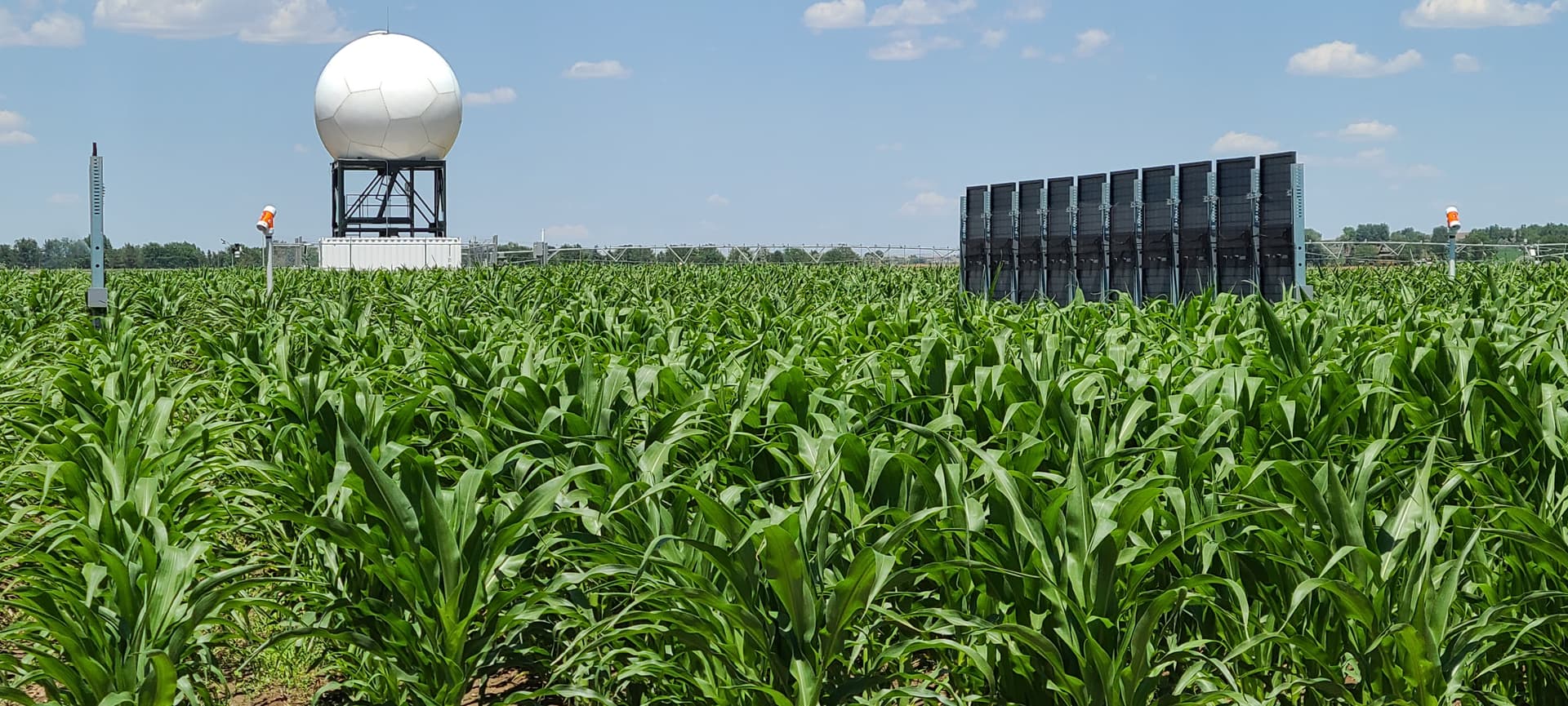
Solar Fences offer a range of benefits:
- Dual-side energy generation - Bifacial panels capture sunlight from the front and backside, utilizing reflection from snow, sand, bright surfaces, and buildings.
- Increased performance during winter and cloudy days - Vertical orientation allows panels to generate efficiently during cloudy days and low sun angles, especially in winter and locations with high latitudes.
- Two-in-one function - Serves as a fence while producing clean electricity simultaneously
- Space-efficient - Minimal footprint makes it great for farms, businesses, or homes where roof and/or ground space is limited.
- Improved cooling - Vertical panels are less prone to overheating, keeping efficiency high in hot environments.
- Longer lifespan - Panels stay cleaner and experience less mechanical stress, reducing degradation and extending the system's life.
- Reduced Operations and Maintenance - Minimal dust and snow accumulation reduces (sometimes eliminates) the need for panel cleaning.
- Unique energy profile - Vertical systems experience peak generation in the morning and afternoon, aligning with higher demand and peak electricity pricing.
Traditional Solar vs. Solar Fences
Although solar fences typically only produce 60%-80% of the output of a standard solar array, their unique use cases and production profile help offset the difference. Traditional agrivoltaic systems often require significant adjustments to the farm operation, introducing new crops, adding labor, and in some cases shifting production entirely. In contrast, solar fences offer a solution that can integrate into existing systems with minimal disruption.
In the U.S., a majority of agrivoltaic projects focus on sheep grazing and or pollinator habitat. While these approaches are valuable, they represent only a small fraction of American agriculture. To truly scale agrivoltaics, a replicable solution is needed that can work across the majority of American farmland. Solar fences may just be that solution. With the potential to exist alongside commodity cropping systems, they open the door to vast areas of developable land once the use case is proven.
Use Cases
Spring Hill Greens
At Sandbox Solar, we have been experimenting with solar fences for agricultural operations and found significant success. One pilot project came from a local microgreen operation. Growing out of hoop houses and greenhouse structures, Spring Hill Greens had little land and rooftop space available. Utilizing space between the hoop houses, we installed two rows of solar fences at ~26kw DC capacity, enough for the farm to fully power its operations. Illustrating how this orientation can make solar fit in unconventional spaces.
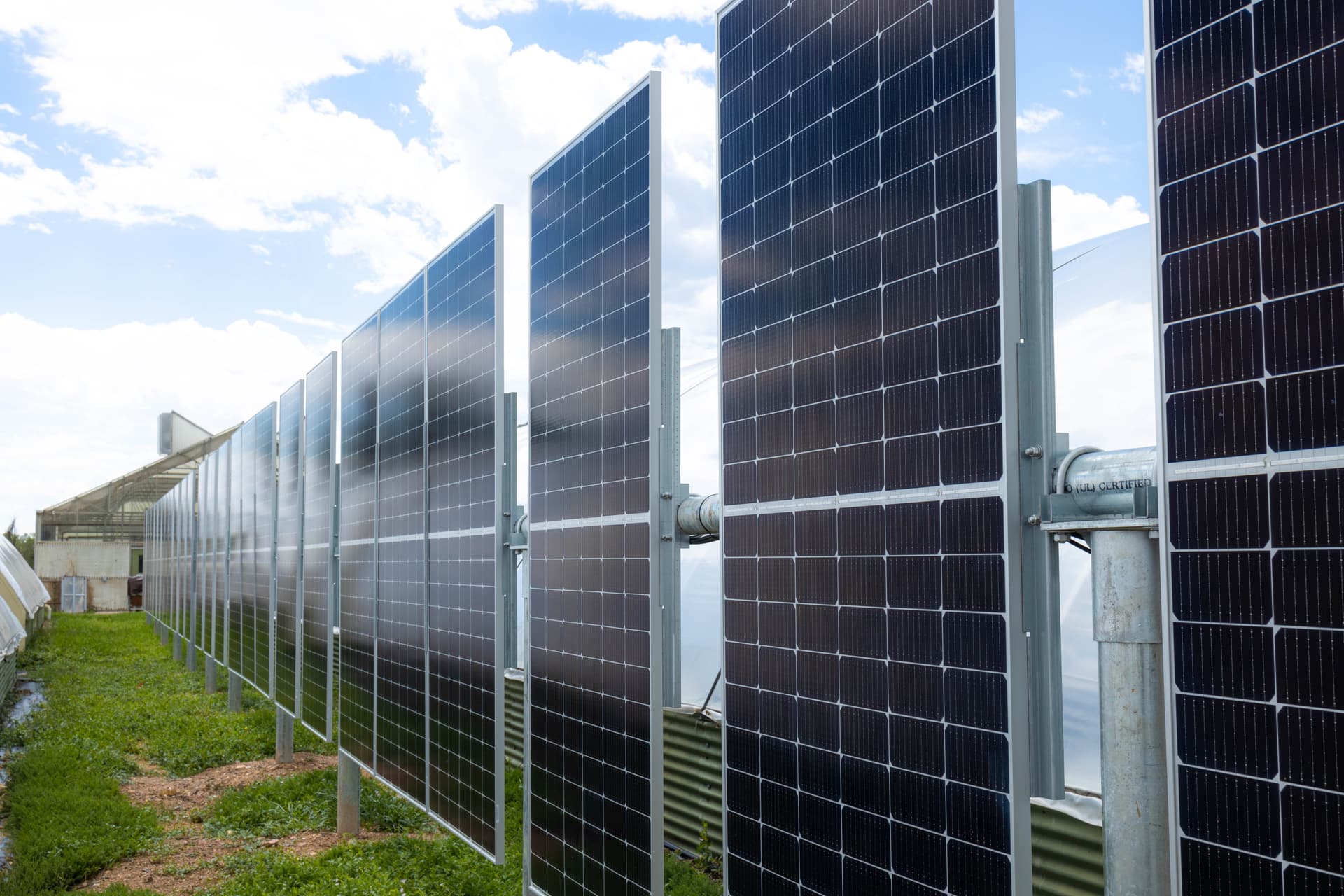
CSU Testing Grounds
Another project we installed for CSU evaluates the performance and practicality of solar fences for commodity crops. Three rows of solar fences installed 40 feet apart allow combines and machinery to operate undisturbed. Each row has 10 panels, and the entire system is rated at ~15kw DC capacity. Sunzaun’s American-based racking system was employed at this location. This test site has grown both silage and sweet corn during its two years of operations, experiencing minimal crop losses when compared to the control field.
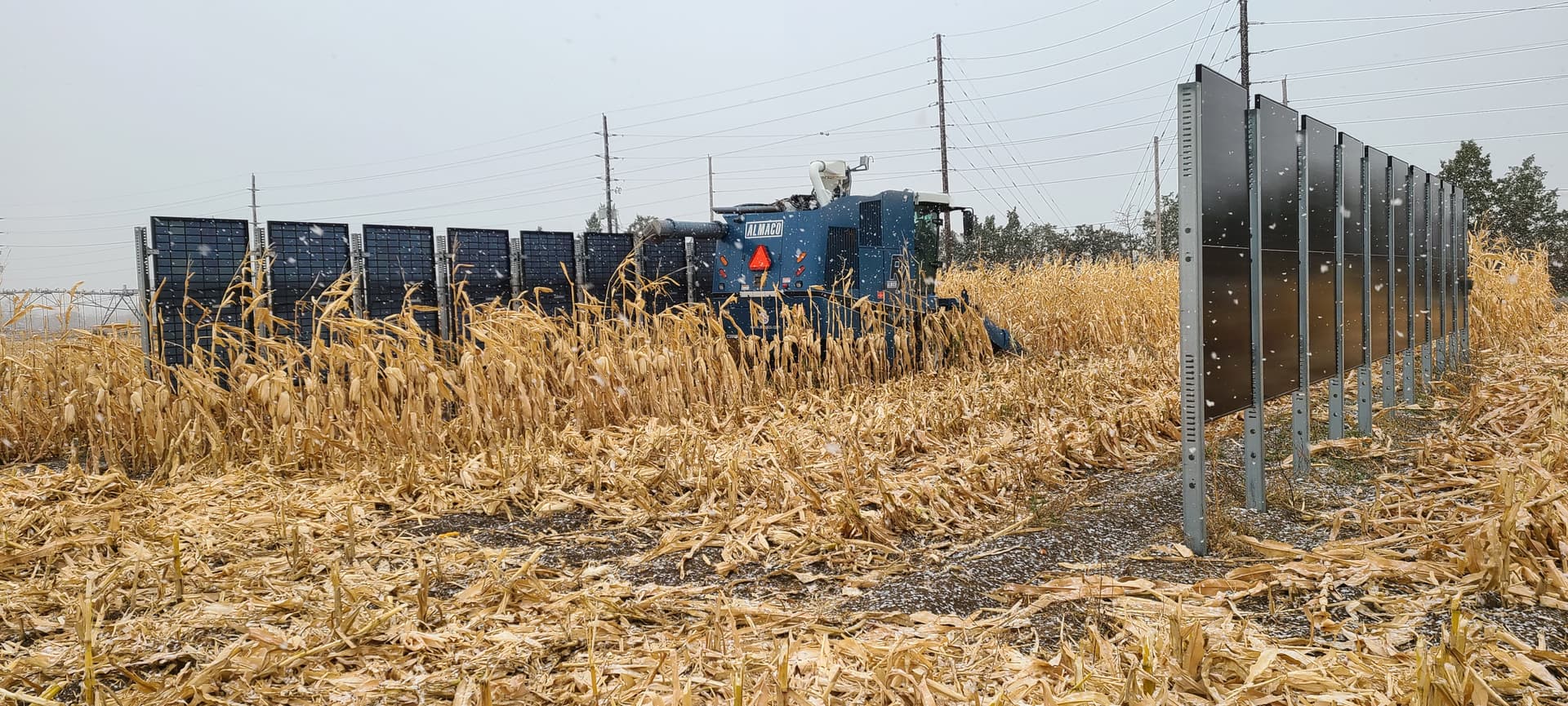
John Deere Agrivoltaic System in Germany
Partially inspiring this article is John Deere's agrivoltaic experiment in Southern Germany. Spanning across 24 hectares (~59 acres) with a staggering 5,450kWp. Generating 6GWh of solar power each year, enough energy to power approximately 550 American homes. John Deere's AutoTrac™ uses GPS to guide machinery through the vertical rows with 7,548 bifacial modules, without causing any damage. Click here to learn more about this project.
Final Thoughts
Solar fences may not replace traditional solar fields, but they can unlock agrivoltaics for the majority of U.S. farmland. For agrivoltaics to make a noticeable impact on the energy grid, we need to make significant changes to solar, similar to how agriculture has adapted to solar development. Solar fences offer a bridge for commodity farmers to enter agrivoltaics without compromising crop types or crop yields. If vertical solar can be proven at scale, a U.S.-based several-acre pilot site, developers can confidently and responsibly enter corn, wheat, and soybean country.
Article by Jack Donovan
